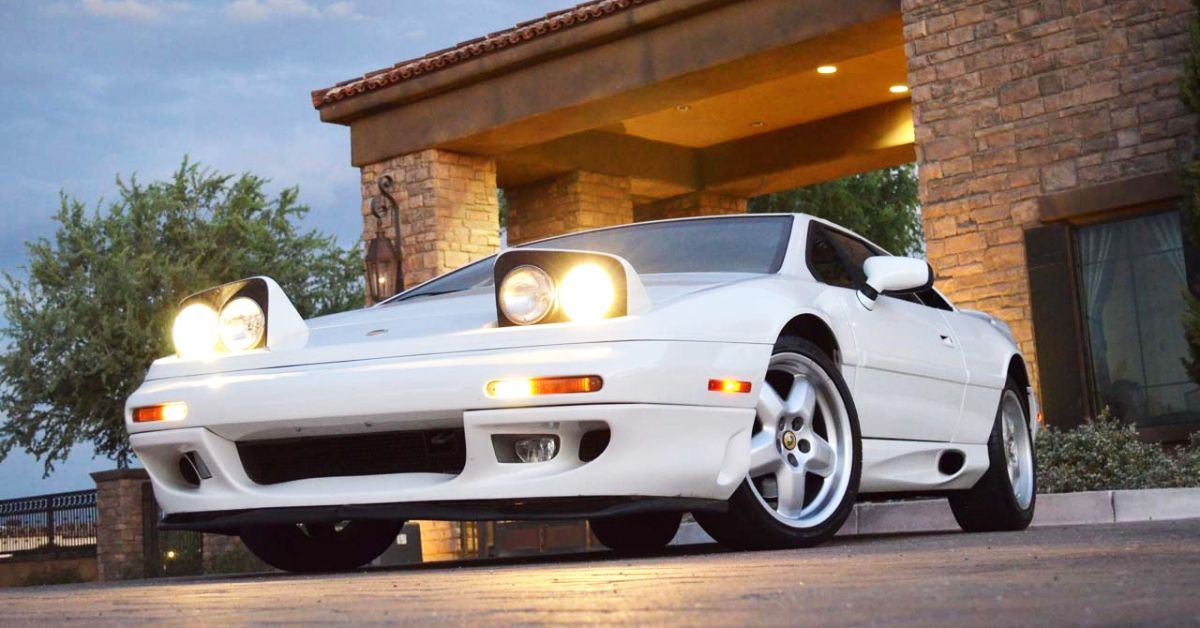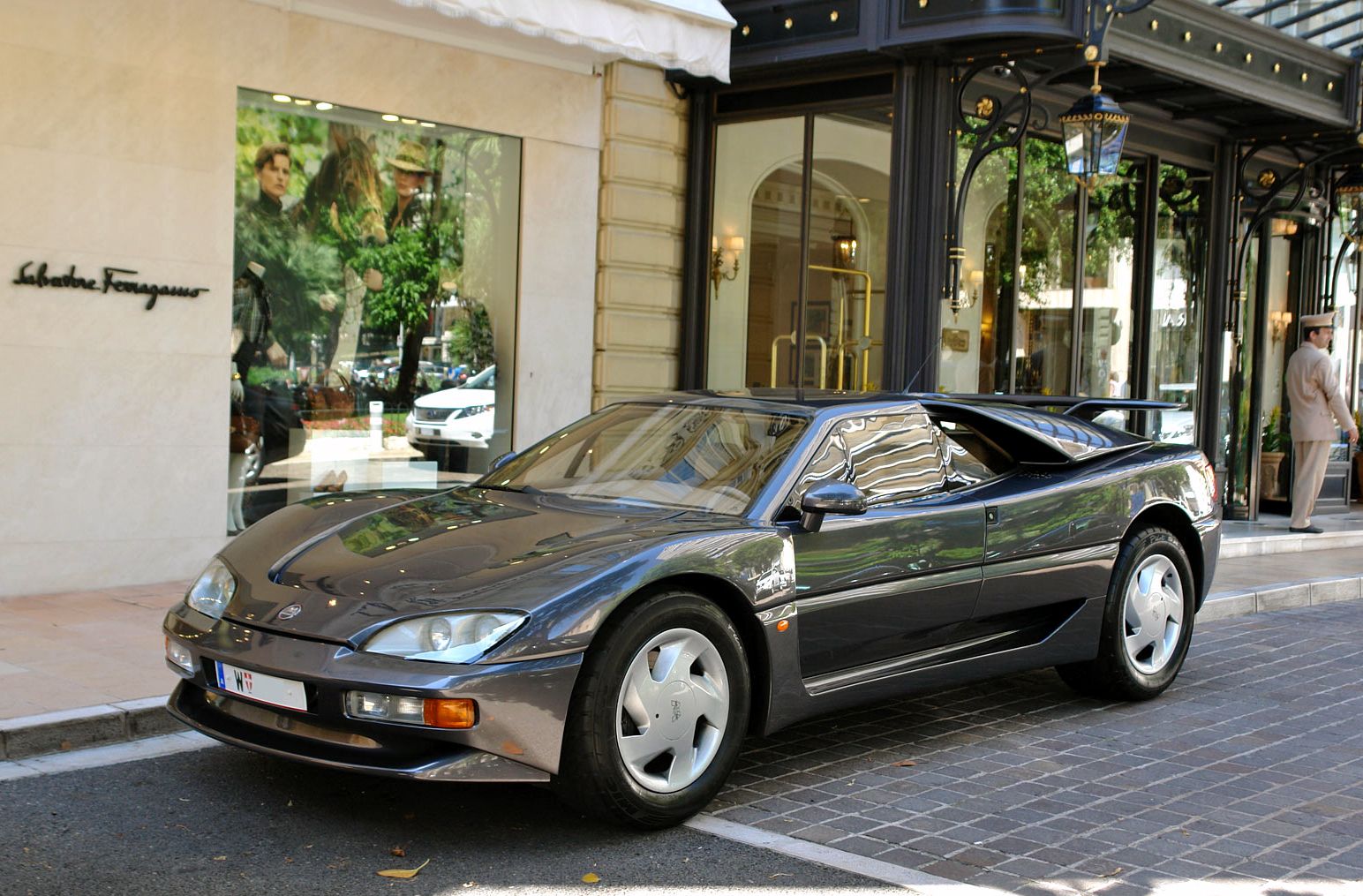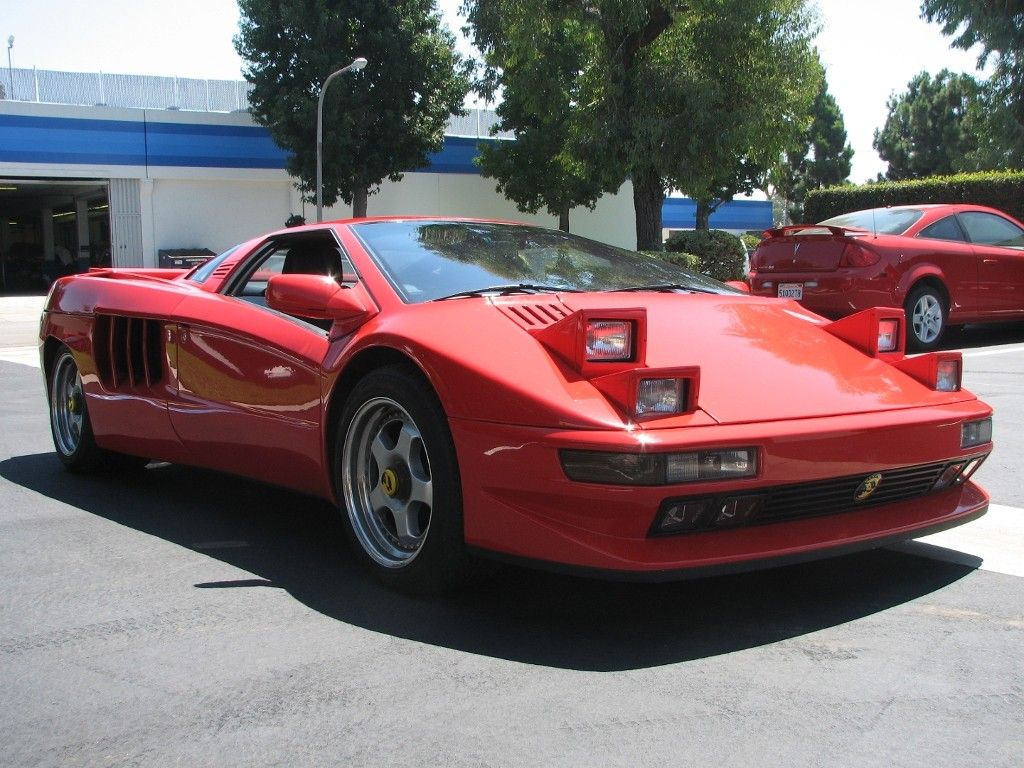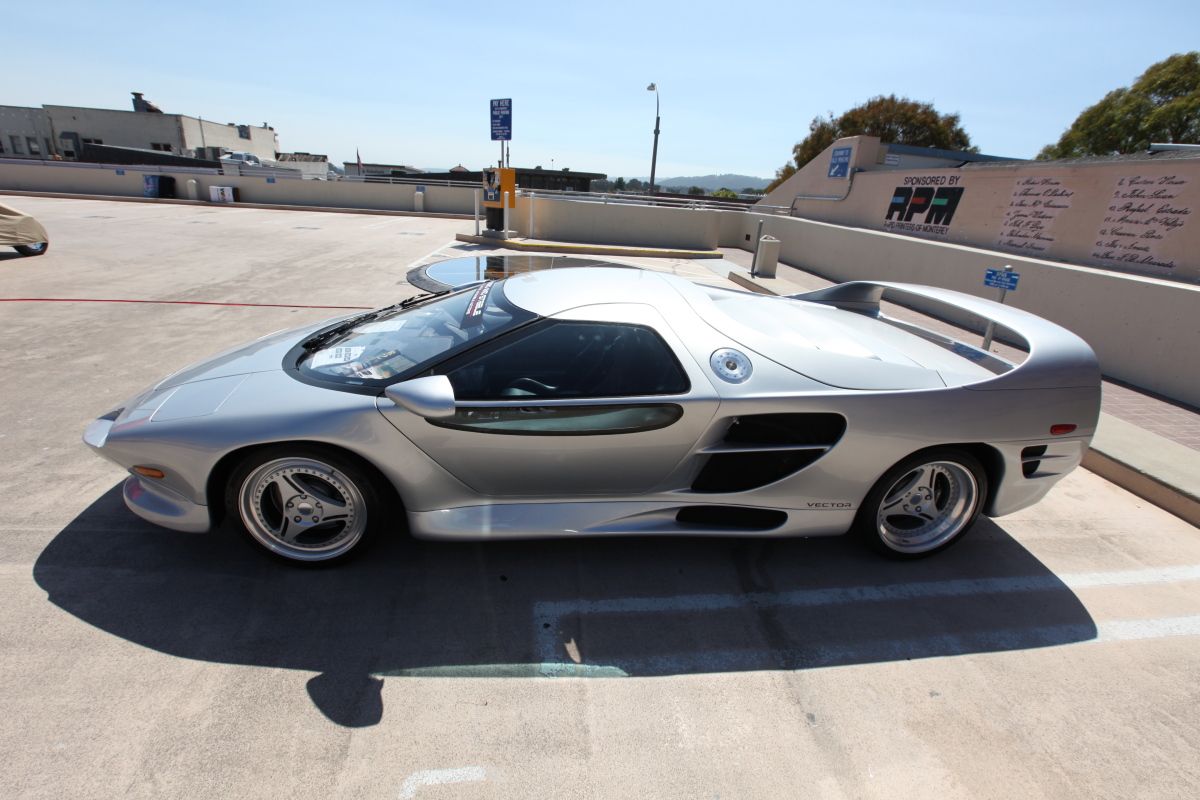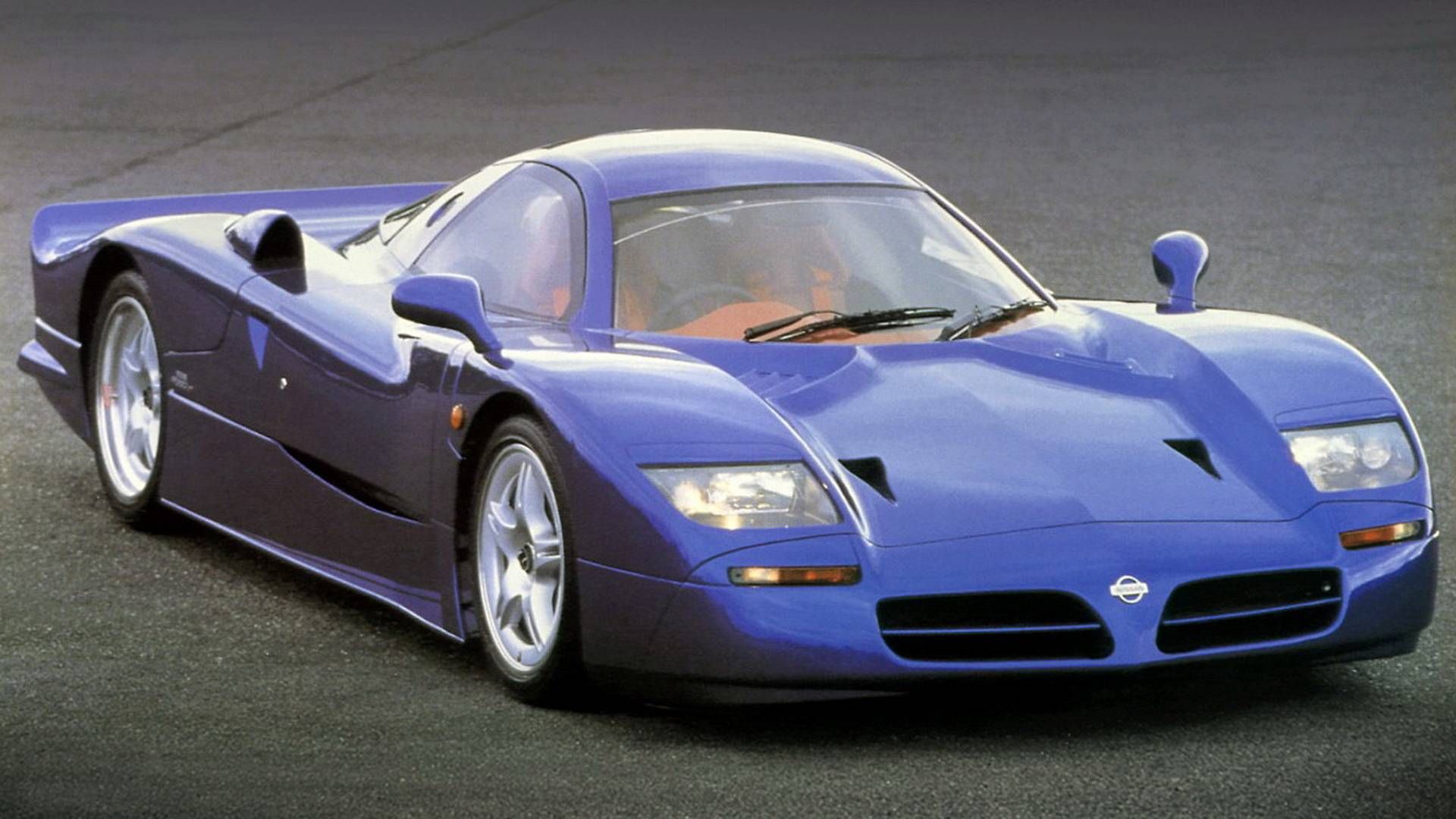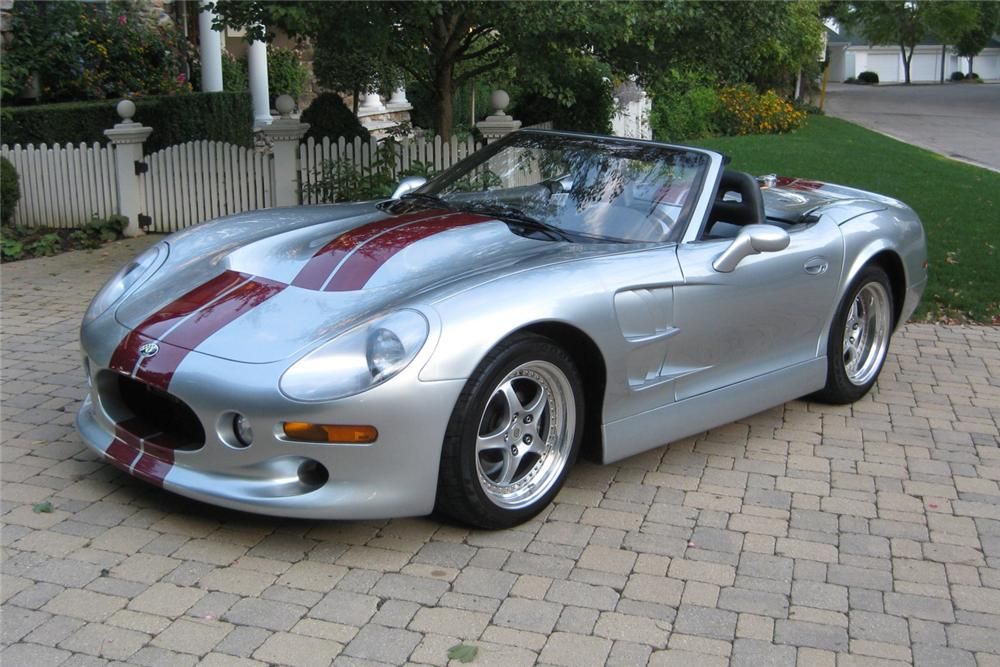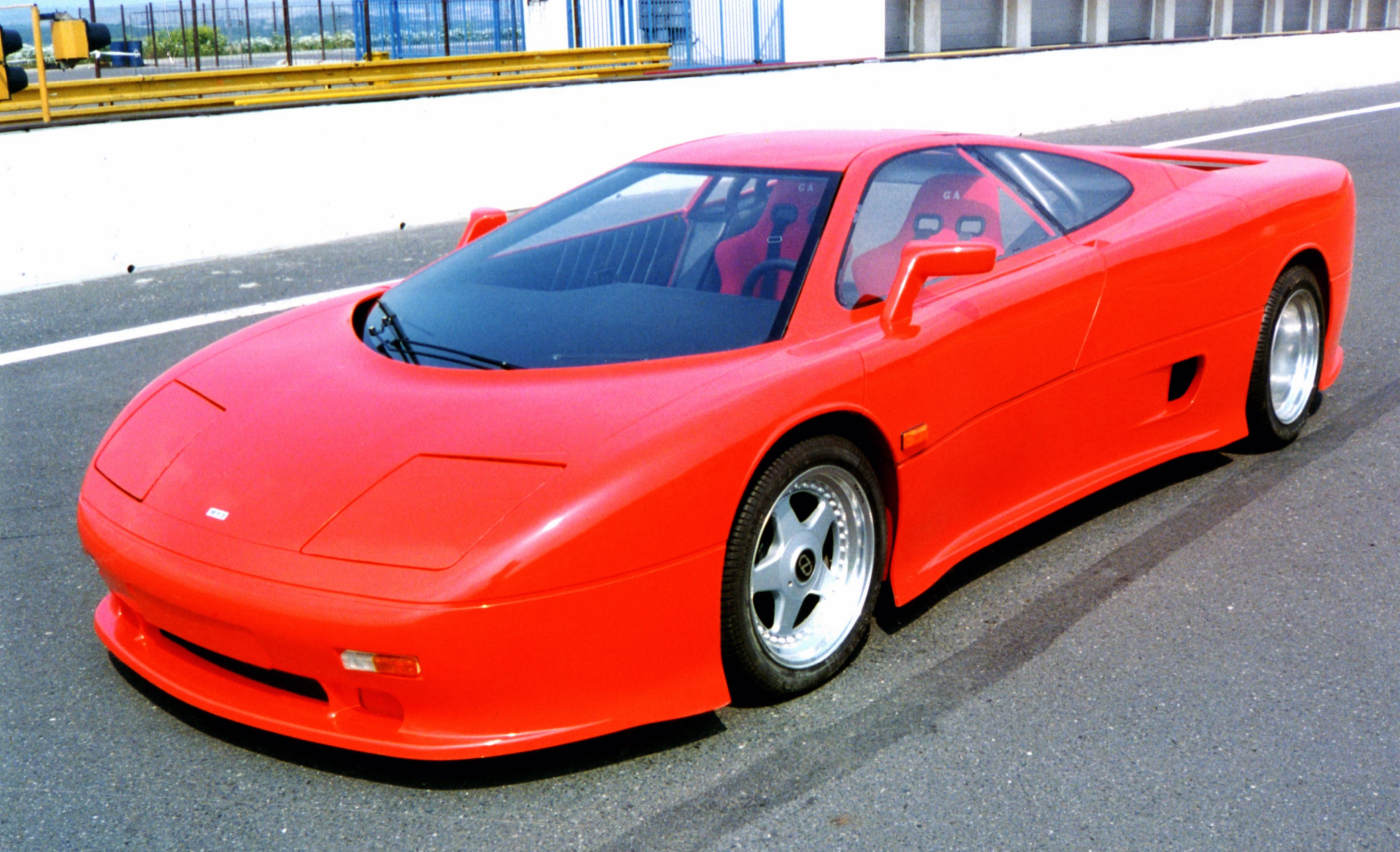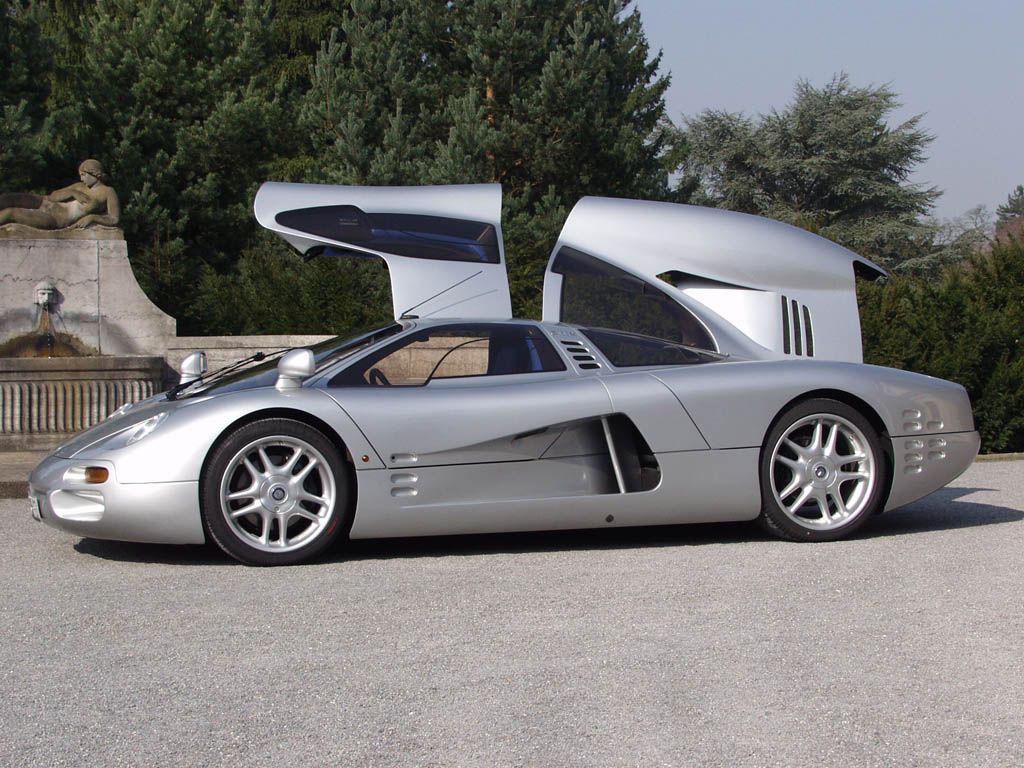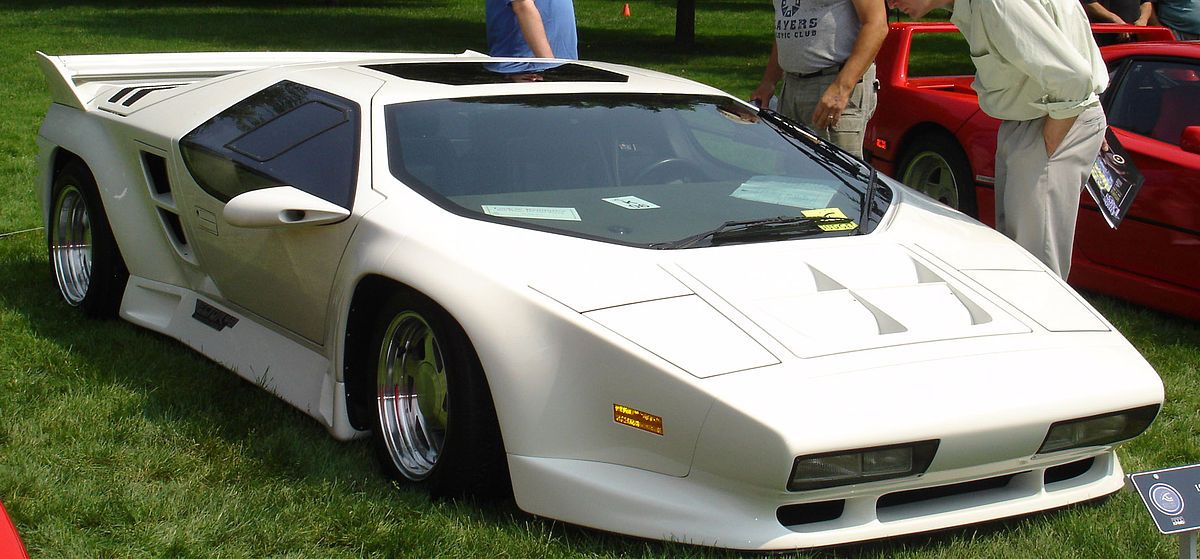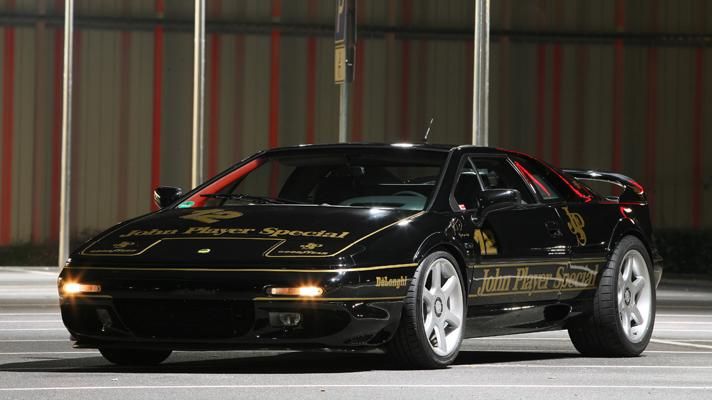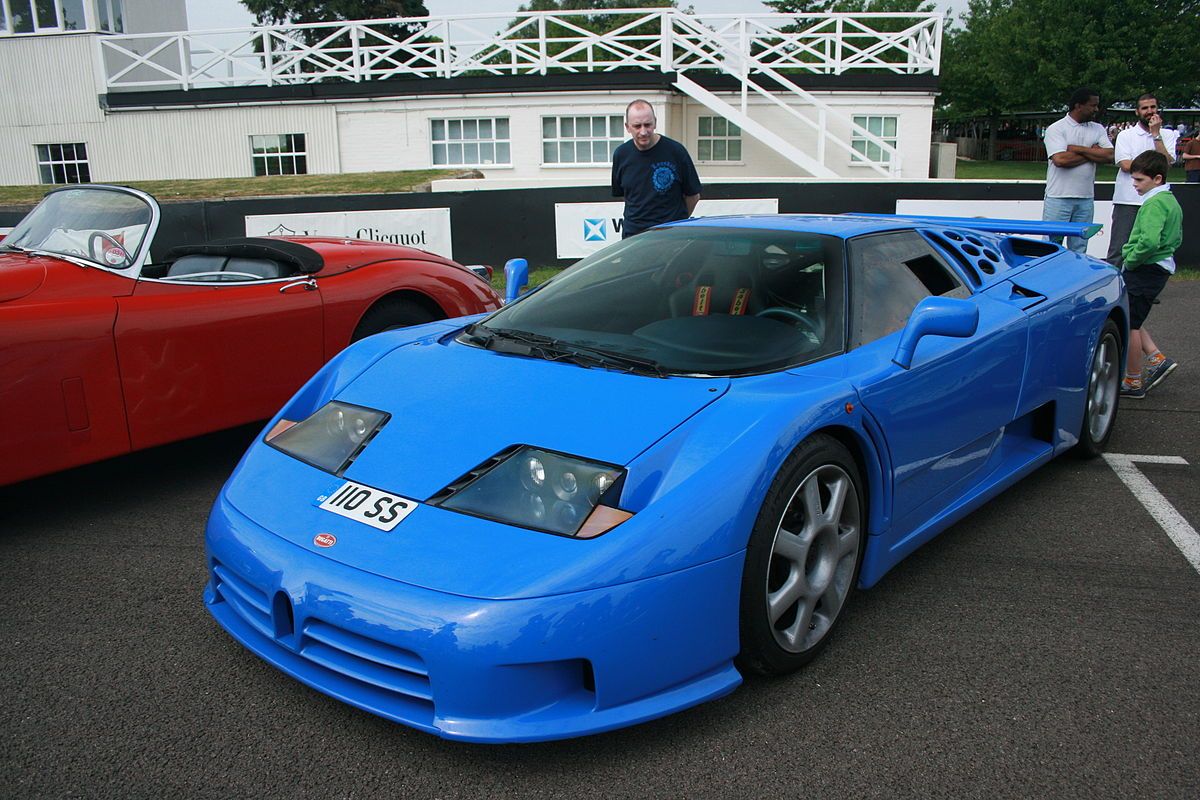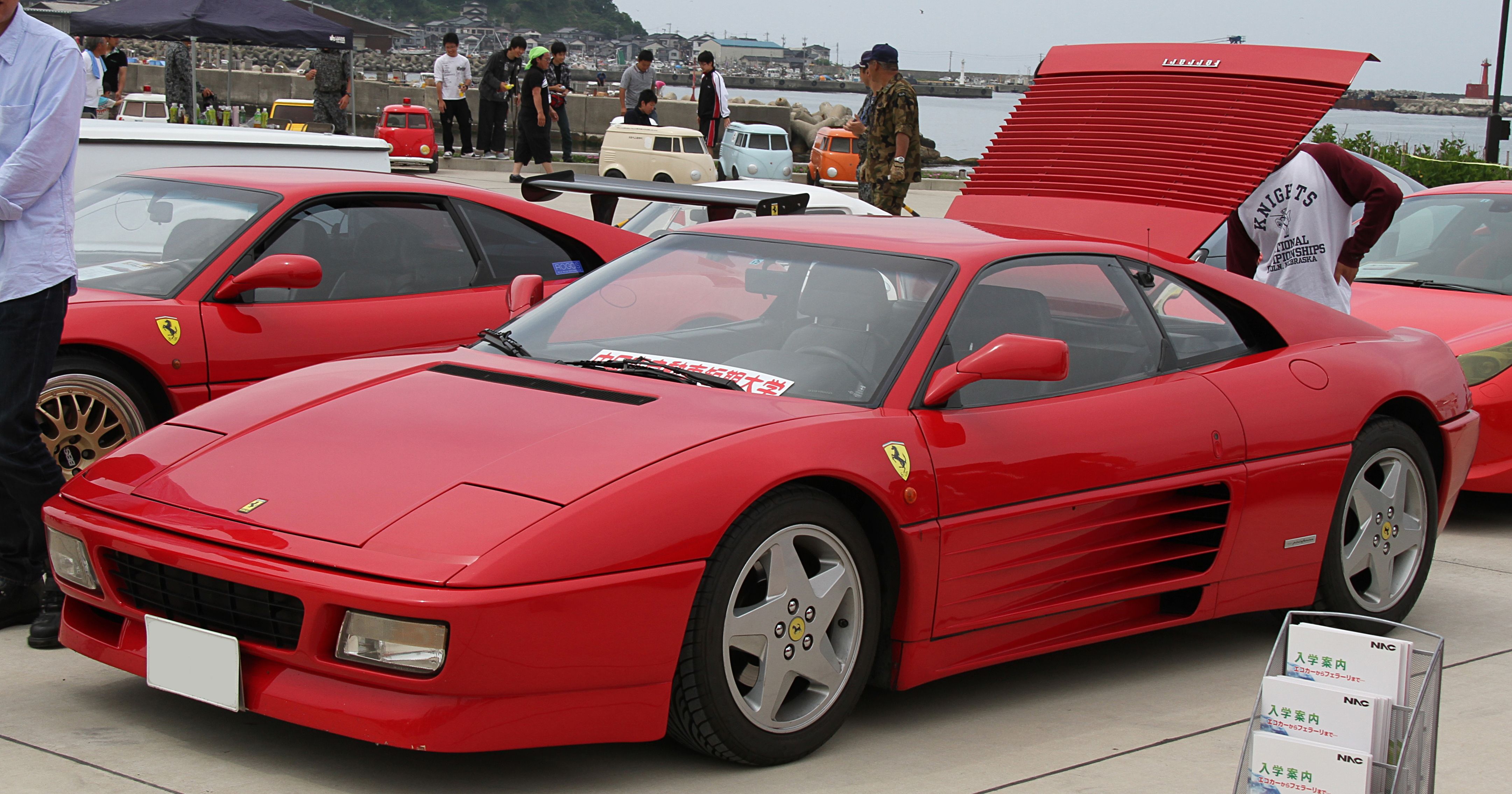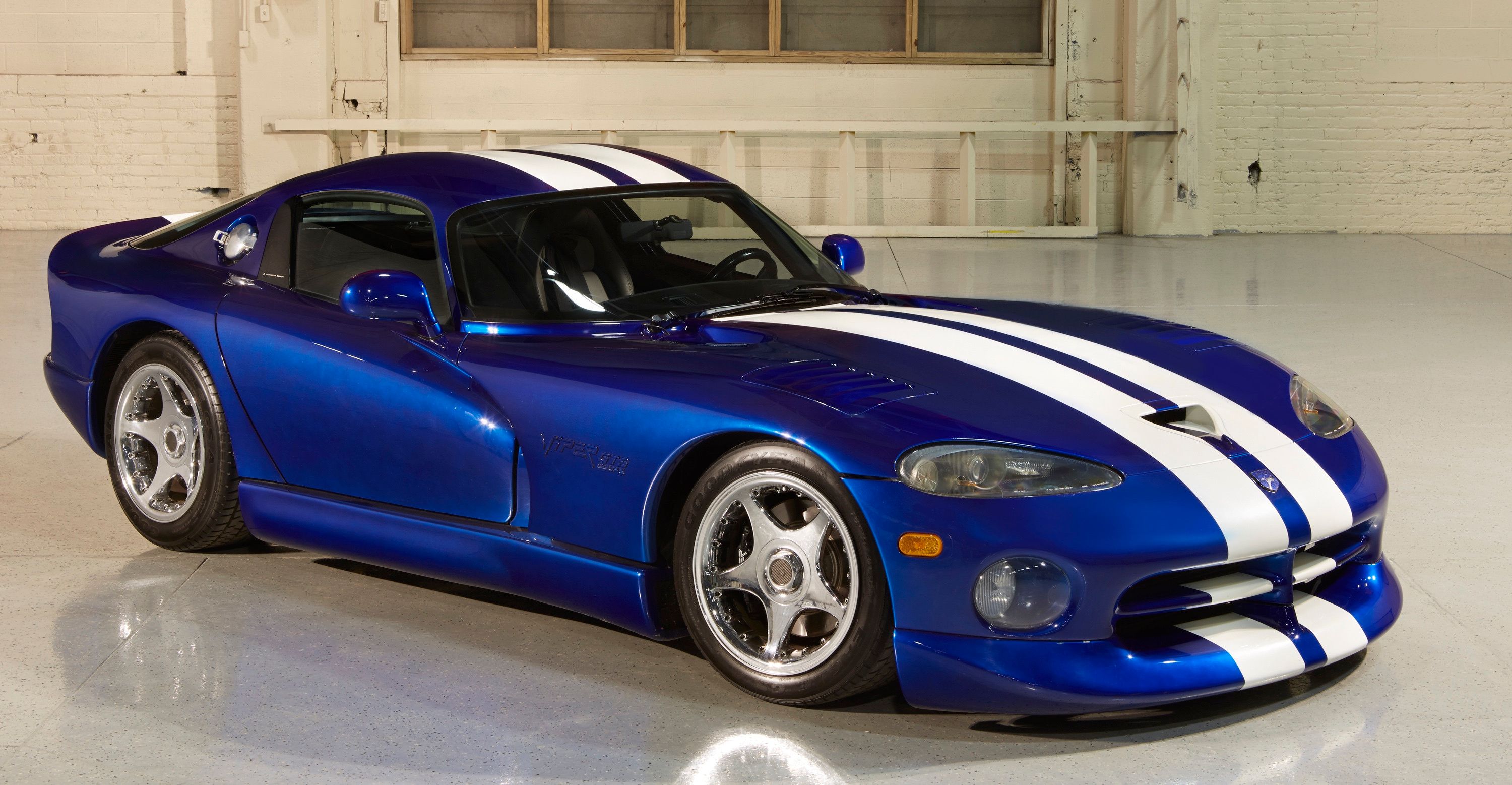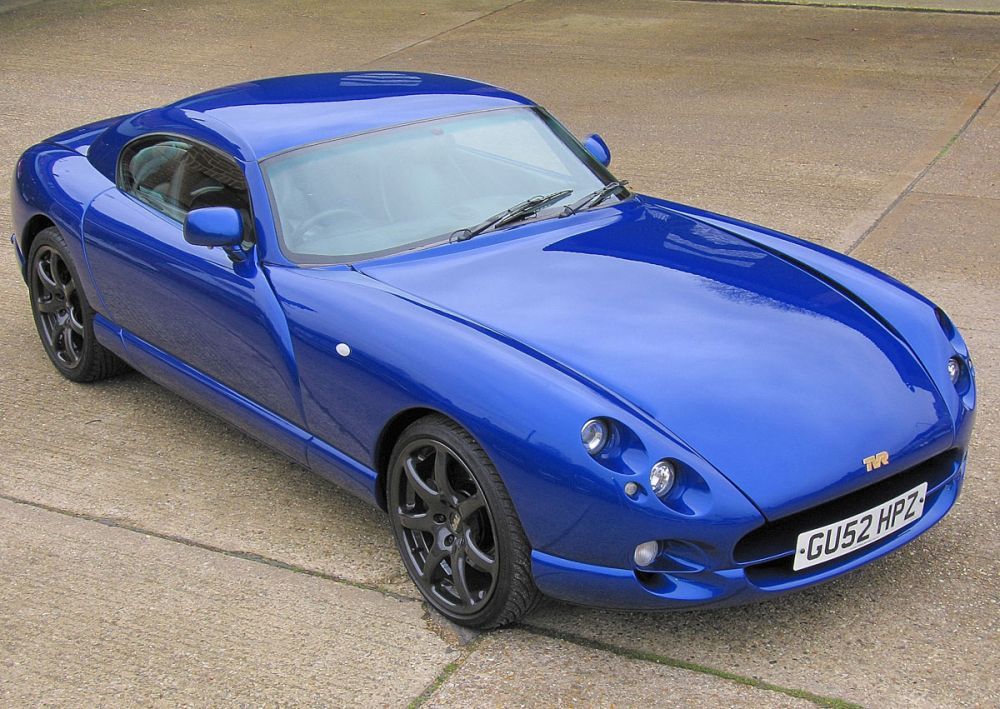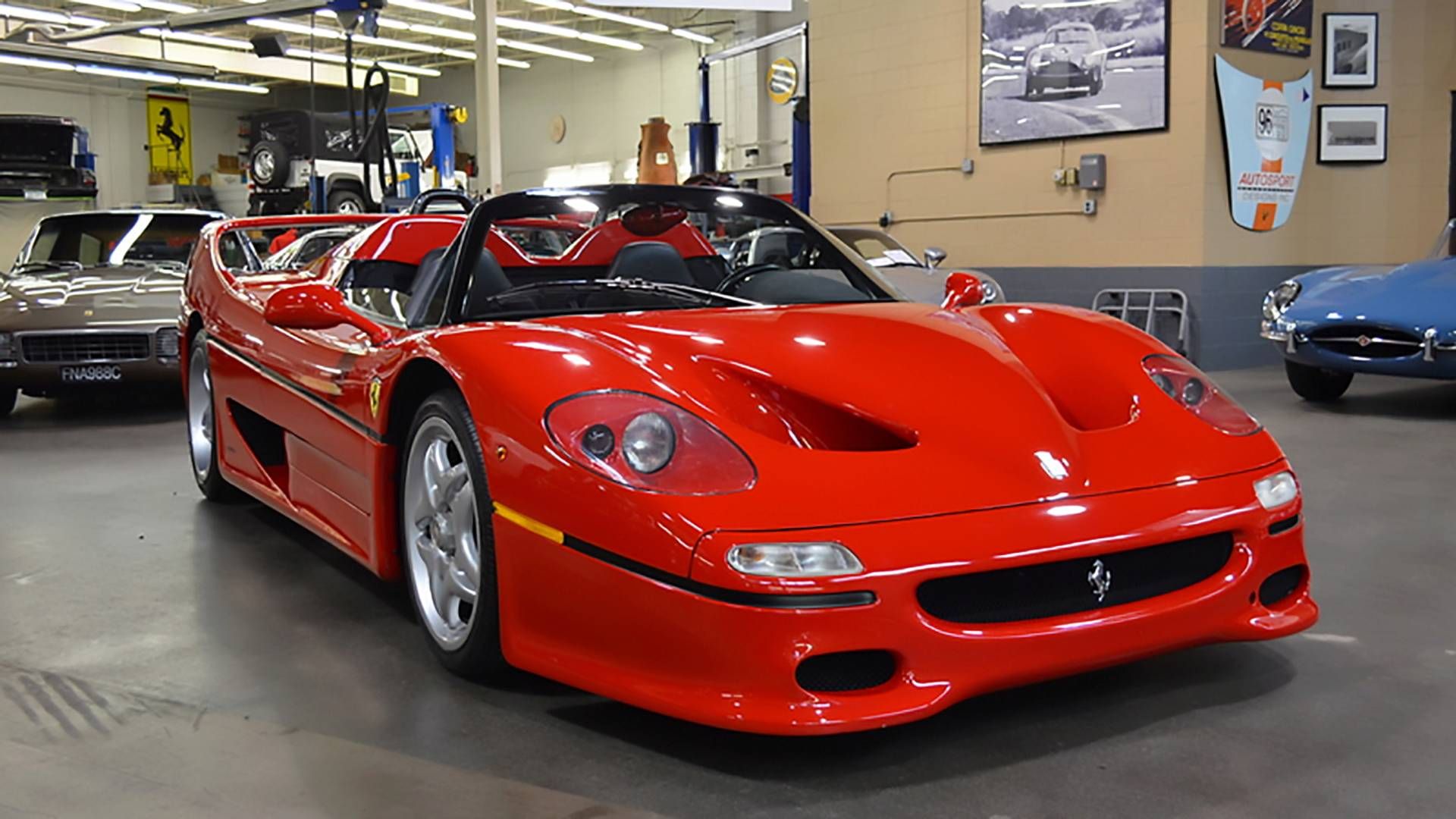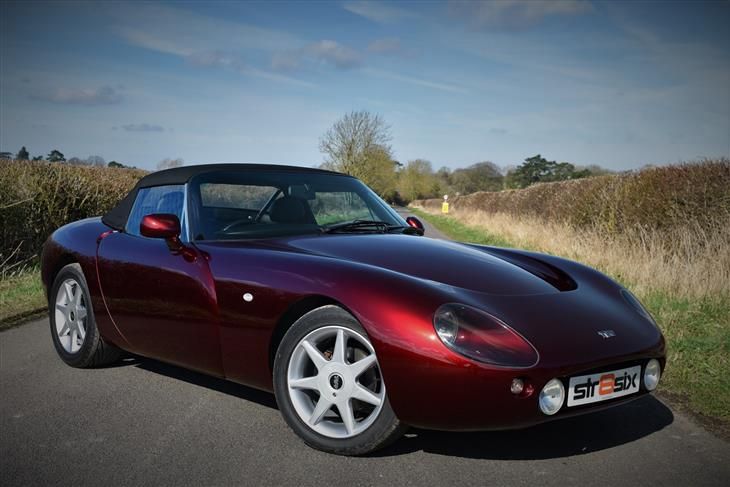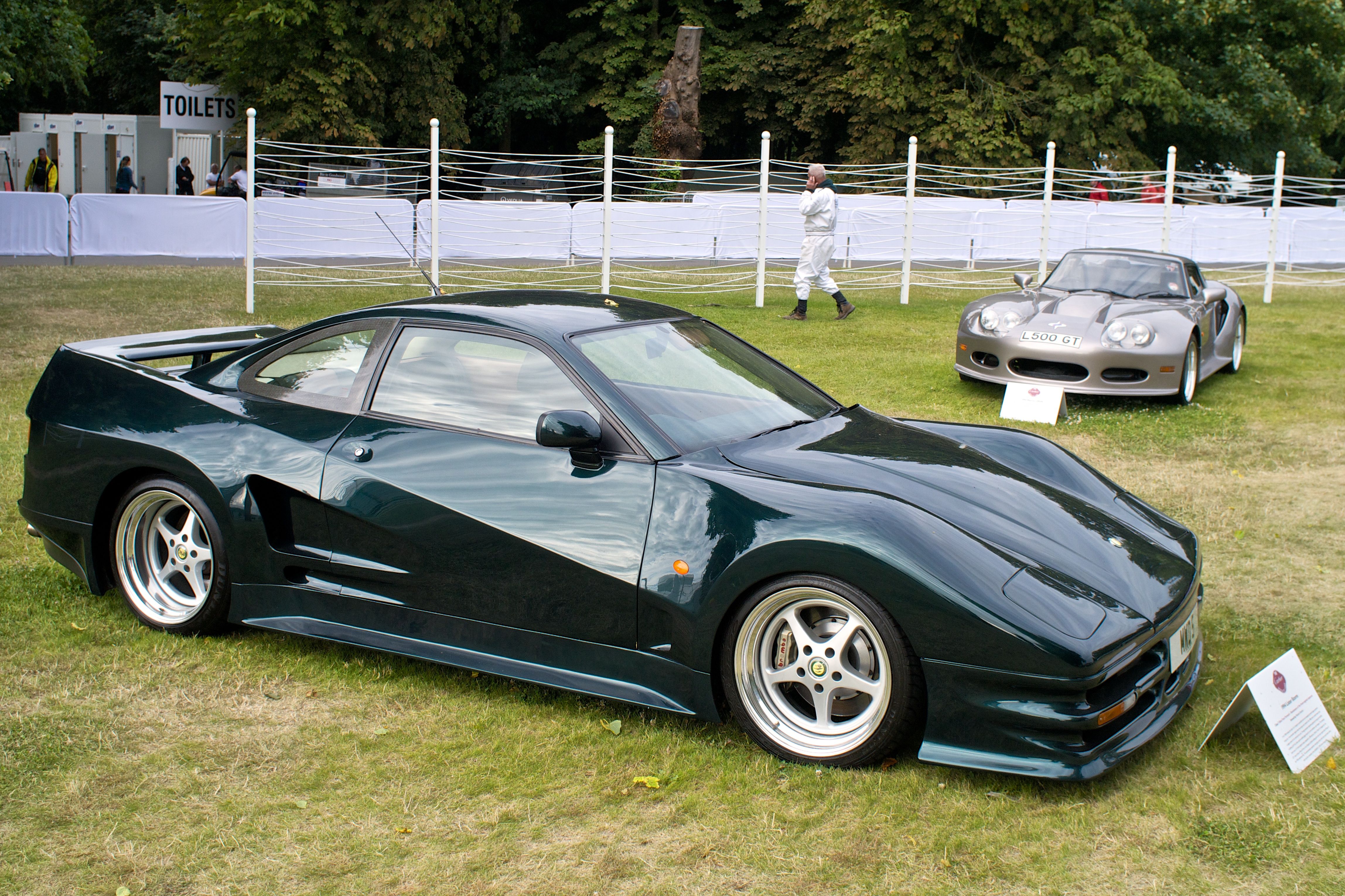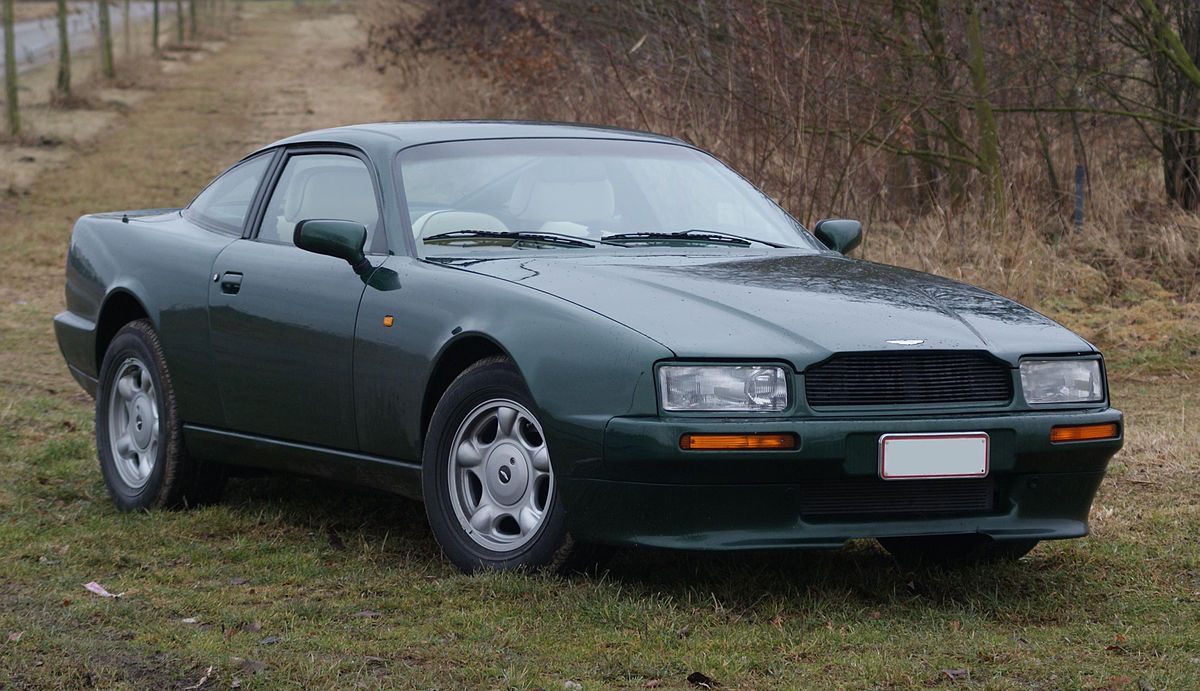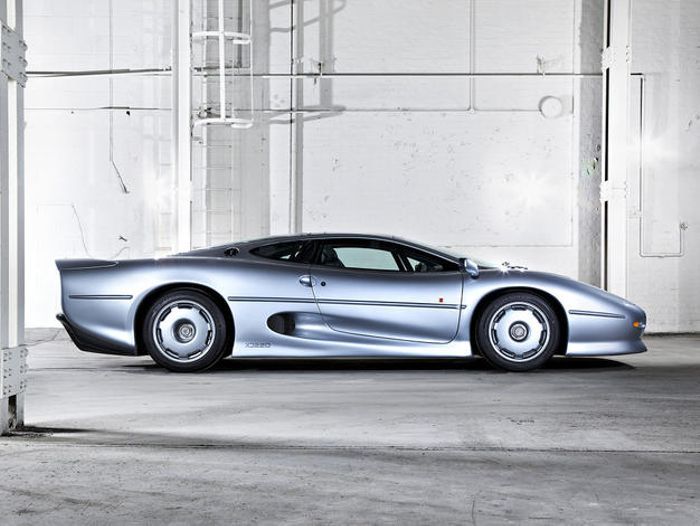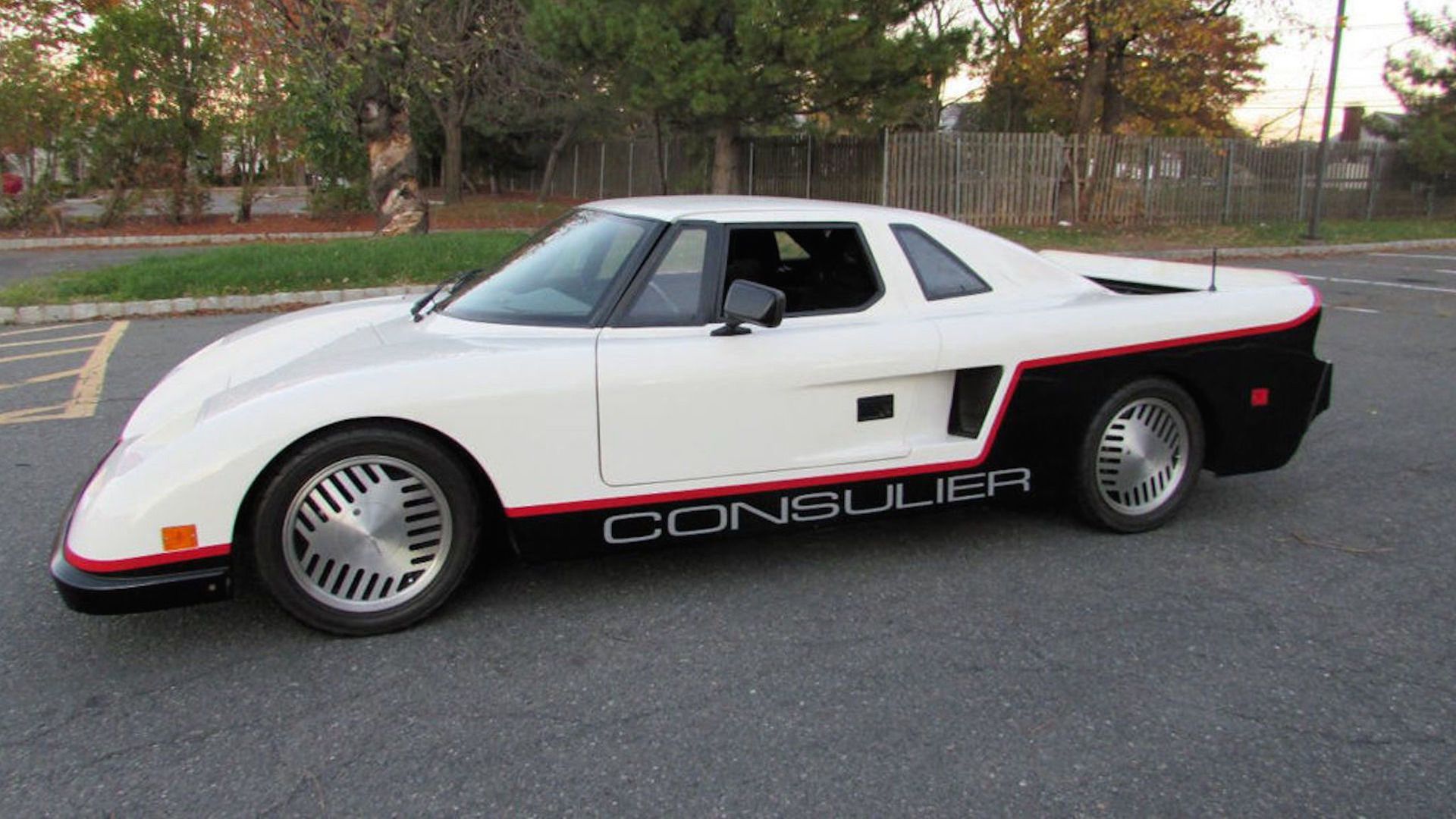What really makes a car a supercar? That's a bit like asking what makes a woman beautiful or a man handsome. Different people will have different opinions.
Back in the 80s and 90s, posters of cars like the Lamborghini Countach, Porsche 959, and Ferrari Testarossa were hanging on the walls in every boy's room. And everyone agreed that they fit the bill perfectly. They were supercars. They had outrageous performance, obnoxious looks, and an unimaginable price tag.
Today we can buy a Nissan GT-R that would easily beat all those classic supercars, and with a few performance parts, it will give any modern supercar a run for its money. Yet the GT-R is not a supercar. So clearly, performance alone is not enough.
In the same way, being exotic is not enough to warrant calling it a supercar. For example, the Ferrari California is definitely an exotic car, but it's still not a supercar.
There are, of course, some basic criteria for deciding whether a car should be considered a supercar or not. Things like design, acceleration, top speed, handling, power-to-weight ratio, style, rarity, price - all of these have to be super in a supercar. But even then it isn't straightforward.
If it is this hard just to establish what a supercar really is, no wonder the manufacturers themselves occasionally get it wrong.
25 Aixam Mega Track
Back in 1992, Aixam, a French company that made plastic microcars, decided it would be fun to start making supercars. Then, someone at the factory probably made a joke saying it should be 5,000 lbs with 4-wheel drive and off-roading abilities. Clearly, someone didn't get the joke, so that's exactly what the Aixam Mega Track became.
Powered by a 394 hp Mercedes V12, the Mega Track managed a 0-to-60 time of just over 5 seconds and went on to reach a top speed of 155 mph. On paper the Axam might actually seem like a good idea, the problem is that when creating something the world has never seen before, there's a much greater chance of failure... Axam learned their lesson and are now back to making plastic microcars.
24 Cizeta V16T
What do you get when some Italian designers get together and start building supercars?
Apparently, the answer is the Cizeta V16T - a supercar that kind of resembles a Lamborghini Diablo, but with double pop-up headlights.
There's a reason why it looks like a Diablo; Gandini, one of the Cizeta founders, was a former designer for Lamborghini, and the V16T was based on one of his Diablo designs that got declined.
The V16T got its name from the transverse V16 engine, which in reality was 2 V8 engines in a single block. Strangely enough, it didn't outperform the Diablo, but it did come with a hefty Diabloesque price tag. After four years Cizeta had only built 19 cars, which meant they had to close up shop.
23 Vector M12
What's that? You've never heard of a Vector M12? I can't say I blame you, only a handful were ever made. The M12 used a V12 engine from Lamborghini, which sounds like an awesome concept.
Alas, the M12 looked good from afar but was far from good. Close up it had the build quality of a cheap kit car.
Turns out that what they did, basically stretching a Lamborghini Diablo and covering it up with fiberglass body panels, wasn't quite what potential supercar buyers were looking to spend a small fortune on. By 1999 the company went bankrupt due to lack of sales and cash flow problems.
22 Nissan R390 GT1
Roughly 20 years ago Nissan launched the street-legal R390 GT1, a mid-engined, twin-turbo V8 supercar. Except they didn't really launch it. Ever. It's a shame because it could have been an incredible car. Basically, Nissan had to build a street-legal version of the car they wanted to enter in the 24 Hours of Le Mans, and the car in the picture is the one road car they made.
The race version turned out to be a disaster when all three of their Le Mans cars failed scrutineering and needed to be modified just before the race. Two of the cars broke down and never finished, and the third car eventually made it across the finish line after having the gearbox replaced. Twice!
21 Shelby Series 1&2
Everyone knows who Carroll Shelby was, but everyone might not know about the Series 1 (and 2) failures.
The Shelby Series one had a 4.0 liter V8 available in a naturally aspirated version, or with a supercharger. The car itself was actually quite decent, the problem was that it didn't meet the Federal Motor Vehicle Safety Standards, and Shelby American couldn't afford to re-certify it so production had to stop.
New investors approached Shelby to build a Series 2, which was a modified Series 1. Three prototype Series 2's were built and orders with deposits were taken, but between completing the prototypes and starting production, US DOT emissions and safety standards changed. The project ran out of money, and with over $5,000,000 invested, only the three Series II prototypes were built.
20 MTX Tatra V8
The MTX Tatra story could have been very different, but Lady Luck can be such a cruel mistress. Back in '91, Václav Král wanted a piece of the supercar pie and unveiled the MTX Tatra V8, a Czech creation with an air-cooled 3.9 liter, 32v, DOHC V8 that made 302 hp.
The Tatra V8 ticked all the right boxes; pop-up headlights, scissor doors, a decent top speed...
Král and the MTX were off to a great start and production of the nearly 200 pre-ordered cars could finally begin. After having built four cars there was a fire at the factory and production was shut down for good, making the MTX Tatra V8 one of the rarest cars in existence.
19 Isdera Commendatore 112I
The Isdera Commendatore 112I is probably the rarest and most mysterious car in the world. Other than the photos from the 1993 Frankfurt Auto Show, where it was introduced, there aren't even any pictures of it available.
Eberhard Schulz, a former Porsche designer, and his two sons designed it, and the Commendatore 112I was completed as a pre-production prototype. The plan was to produce a limited number of cars, with a price tag of $450,000, but Isdera went belly-up before the production even started.
The prototype was the only Commendatore that was ever made, but due to Schulz being ridiculously good at making prototypes, it was at least fully driveable.
18 Vector W8
In 1989, Vector Aeromotive Corporation used a manufacturing process referred to as Aeromotive Engineering to build the Vector W8, an aggressive wedge-shape car with an almost flat windscreen.
Power came from a twin-turbocharged 6.0L V8 that made 625 hp, capable of pushing the car from 0 to 60 in roughly 4 seconds, and from there to a claimed top speed of 240 mph.
In 1993 Vector was taken over by another company and production ended after having produced only 22 examples of this incredible machine, including 17 customer cars, two pre-production cars, one early prototype, and two successor prototypes. The production W8 had a base price of $283,750 when new.
17 Lotus Esprit V8
The Lotus Esprit V8 had the potential to become one of the most iconic cars in history. It was made in Europe, it was mid-engined, it looked absolutely amazing, and from 1997 it had a turbo. The result was a wedge-shaped exotic car with 350 hp that could do zero to 60 in less than 4.5 seconds.
There were, however, a few problems with the Esprit. It required strenuous effort to drive, so unless the driver had some serious skills it could end in disaster. It was also expensive to own and maintain, especially since there were a lot of lemons coming out of the Lotus factory. The Esprit almost made it to greatness but due to its shortcomings, it's instead mostly remembered as an unreliable exotic.
16 Bugatti EB110
These days everyone has heard of the Bugatti Veyron and its successor, the Bugatti Chiron. But there was actually a really fast Bugatti back in the 90s as well, and it's mostly unknown to everyone who isn't a gearhead.
The Bugatti EB 110 was unveiled on September 15th, 1991, exactly 110 years after Ettore Bugatti's birth, hence the name EB110. Built in Italy after an Italian company acquired the rights to the Bugatti name, the EB110 featured an incredible 3.5L quad-turbo V12 engine.
Unfortunately, Bugatti hit hard times in 1995 after some over-ambitious investments and closed down, having only built around 100 examples of the car over five years. Thankfully, Bugatti is now back to making some of the fastest cars the world has ever seen.
15 Ferrari 348 TB/TS
The Ferrari 348 was introduced in 1989, succeeding the 308/328. Even if it didn't look particularly bad back then, it looks dated today because Ferrari decided to replace some of the classic design elements in favor of a more contemporary look.
It wasn't just in the looks department the 348 had some shortcomings. The interior was an ergonomic disaster, and worst of all, the car's handling was absolutely horrible.
All this has resulted in the 348 being remembered as one of the worst, if not the worst Ferrari ever made. The story actually has a happy ending though. Since the 348 failed so miserably, Ferrari had to step up their game and brought us the iconic 355.
14 Venturi Atlantique
The French Venturi Atlantique was a fiberglass-bodied supercar produced from 1991 to 2000. Even if it was made from fiberglass, it actually looked quite good and had a stylish design. Unfortunately, the engine didn't match the looks. The Atlantique had a 2.8 liter twin-turbo V6 that only made around 260 hp.
While it wasn't exactly a slouch, the 5.2-second 0-60 time and a top speed of 167 mph wasn't anything to write home about, especially in a car segment where competition is stiff and performance figures are everything. The sales figures were as bad as the car's performance, fewer than 700 were made, and by 2000 Venturi ended up declaring financial failure.
13 Dodge Viper
The Dodge Viper was one of those cars that made people's jaws drop when it was unveiled back in the 90s. It was basically the car version of that amplifier in the movie Spinal Tap - Dodge decided to turn everything up to 11.
It had a 400hp 8 liter V10 that Lamborghini helped develop. The design was so over-the-top, it looked like something a 12-year-old had dreamt up. Dodge also made some questionable decisions, like not fitting traction control and airbags in order to reduce the weight. In a different car with less power and torque that could have been a good idea, but the Viper wasn't easy to handle at high speeds, and with no safety features it was downright dangerous.
12 TVR Cerbera
The TVR Cerbera was unveiled at the 1993 London Motor Show. Taking its name after the three-headed dog Cerberus in Greek mythology. While the Cerbera certainly looked stunning and had some incredible performance figures, there were problems right from the start.
Press demonstrator cars had locked the occupants inside, a rear window was sucked out at speed, and a timing chain disintegrated.
While TVRs are known to be unreliable, the Cerbera took it to a whole new level. Common faults include misaligned gearchange linkages, warped rear suspension wishbones, snapped steering-wheel control ribbon cables, deteriorating rear anti-roll bar mounts, leaking radiator cores, seizing door hinges, ineffective crankshaft seals, and shearing clutch release arms. Clearly, it was a car only a mechanic should be allowed to buy.
11 Ferrari F50
The F50 was designed to be a celebration of Ferrari's 50th birthday, a 90s hypercar with Formula 1 derived V12 engine. At least Ferrari wanted 349 of their customers to believe it was derived from F1.
OK, so it wasn't really an F1 engine, but it was bolted directly to the carbon chassis, just like in a Formula 1 car. Of course, that also meant you would shake so bad when driving it you'd be lucky to arrive with all your teeth still intact.
Another problem was that it was actually slower than the old F40, which was the reason why Ferrari didn't let any journalists drive it. Nor did it handle as well as the F40.
The F50 was definitely one of the worst Ferraris ever made.
10 TVR Griffith
When The TVR Griffith was unveiled in 1990, it pushed TVR into the big league of performance car manufacturers. The Griffith was ferociously fast and the steering was so responsive it seemed to be guided by Jedi mind-control. This also made the car feel nervous when going at speed, it's a well-known fact that the Griffith doesn't suffer fools gladly, but it did offer a rewarding drive to those who possessed the driving skills to match its red-hot temperament.
The car was intentionally noisy, offered a raw driving experience, and had a stiff suspension setup. There were no refinements, and since TVRs doesn't have the best reputation for reliability, owners had to expect roadside repairs.
9 Lister Storm
Renowned British racing firm Lister built the Storm in the early 90s. The body structure was made of aluminum and the bumpers were carbon-kevlar, making it extremely light. Powered by a 550 hp 7.0 liter Jaguar V12 sourced from the XJR-9, which won at Daytona, the Storm was capable of a 211 mph top speed.
The Storm race car competed in the FIA GT Championship, which included the 24 Hours of Le Mans, the 24 Hours of Daytona, and the Sebring 12-Hour, but it failed to finish many of the races due to mechanical problems.
Only four road-legal Storms were ever built, and 3 are still in existence. The insanely high price was certainly a reason why only four were built before production ended.
8 Aston Martin Virage
Would you turn down a 5.3-liter V8 Aston? You would if it was the Virage! The Virage was a mismatch of shapes and angles. Looking at it from the side it has the typical, bland 90s panels, but with a curving roof-line that leads down to the square rear end.
It doesn't get any better if you look at it from the front, which consists of some rectangular shapes mixed with a bumper that would look right at home on a Toyota Corolla from the same period.
The Virage was outrageously expensive yet used a lot of cheap parts sourced from other car manufacturers. 1,050 cars were made during the 11 years it was in production, and U.S. sales ceased after three years when it failed to meet the safety regulations.
7 Jaguar XJ 220
The Jaguar XJ 220 was actually an amazing car, in fact, it still is! To this day it remains one of my favorite supercars of all time. So why is it on this list? Well, when Jaguar unveiled the concept car they said it would be a V12 powered all-wheel-drive supercar, and the number 220 was a reference to its top speed.
When the car was delivered to the customers, it featured a twin-turbo V6 and RWD, and the car never actually reached that top speed of 220 mph. To make matters worse, the XJ 220 made its debut during a recession. Fewer than 300 XJ 220s were built between 1992 and 1994, which of course means they are crazy expensive collector's items today.
6 Mosler Consulier GTP
The Mosler Consulier GTP was in production from 1985 to 1993, it was then rebranded twice before it was replaced in 2001. The Consulier GTP was the first road-legal car to use a composite monocoque chassis and a carbon-kevlar body. Sounds good in theory, but less than 100 were sold - probably because of the styling, the very basic interior, and the ridiculous price tag of $60,000 in 1988.
The Consulier was actually a great track car, in fact, it was so good it actually ended up being banned by IMSA, which didn't help sell what was really a race car. And then there was Mosler's feud with Car & Driver where Mosler bet $25,000 that no road car could beat the Consulier, but Car & Driver did... in a stock Corvette.

